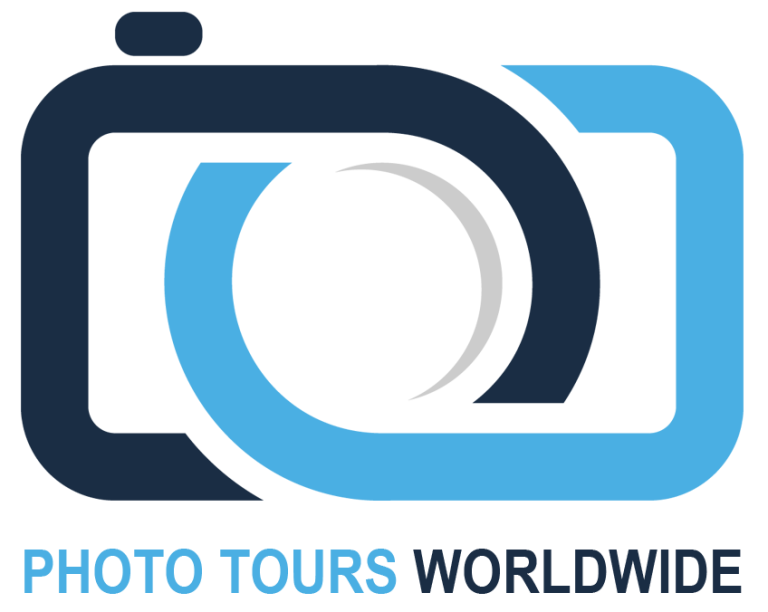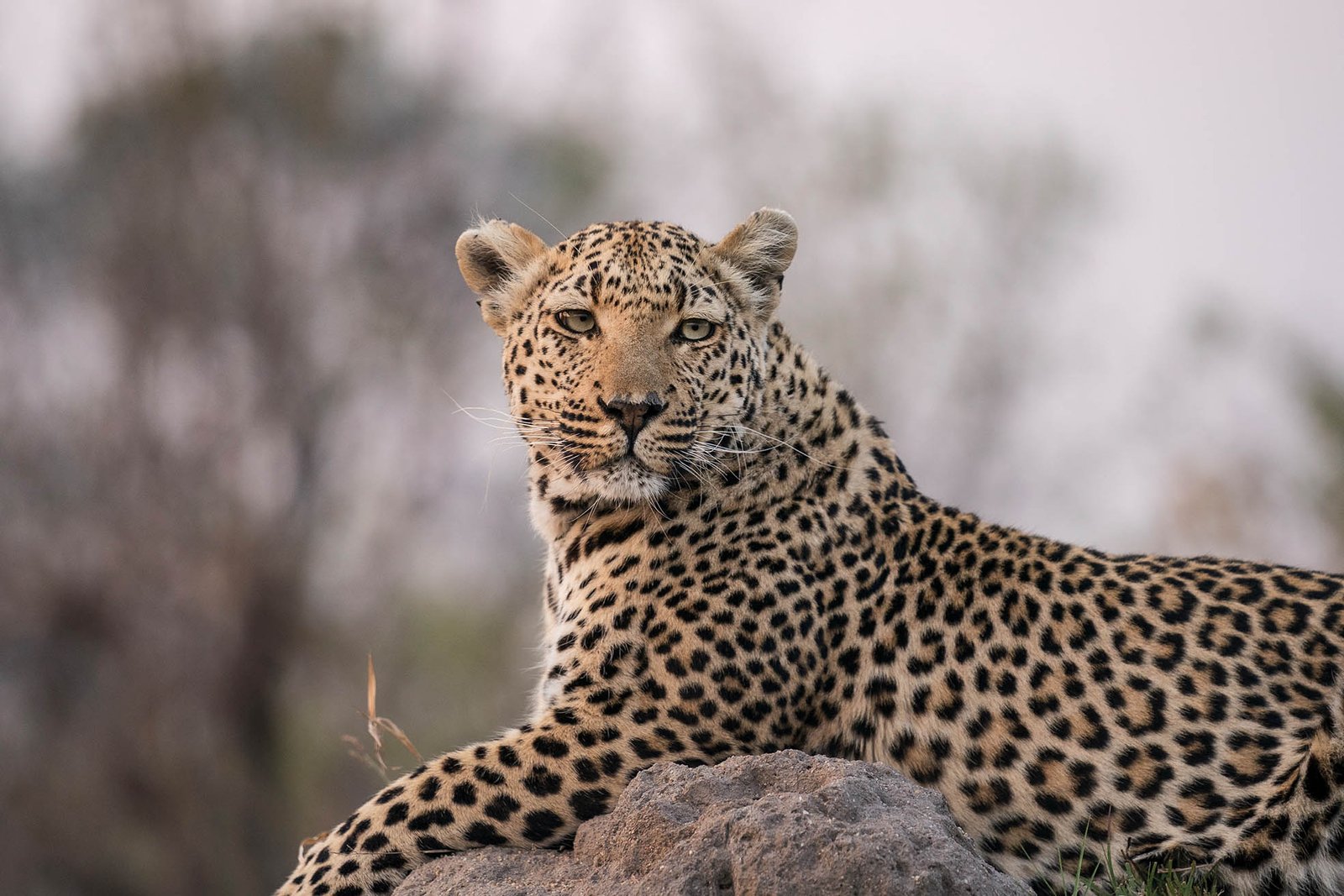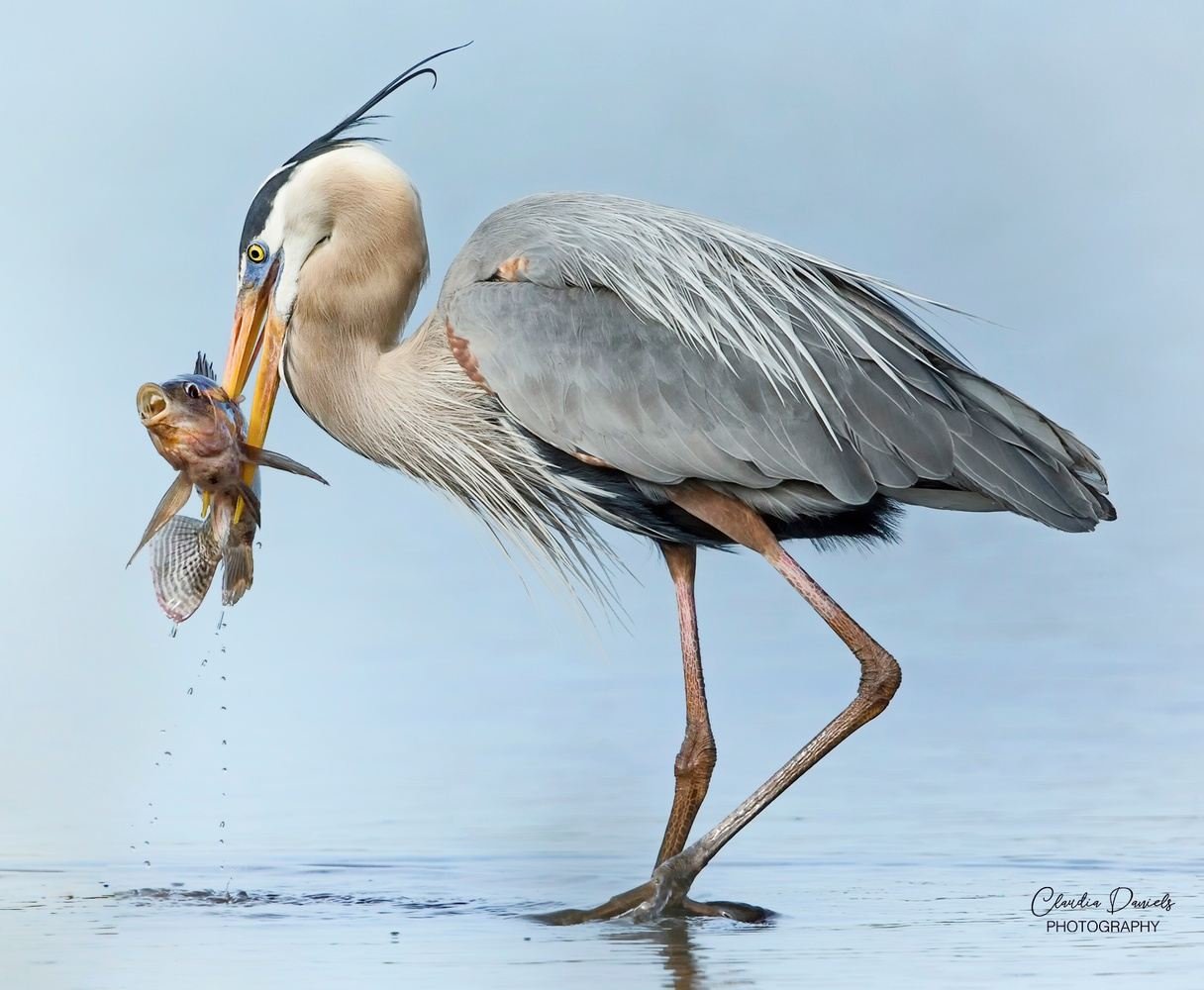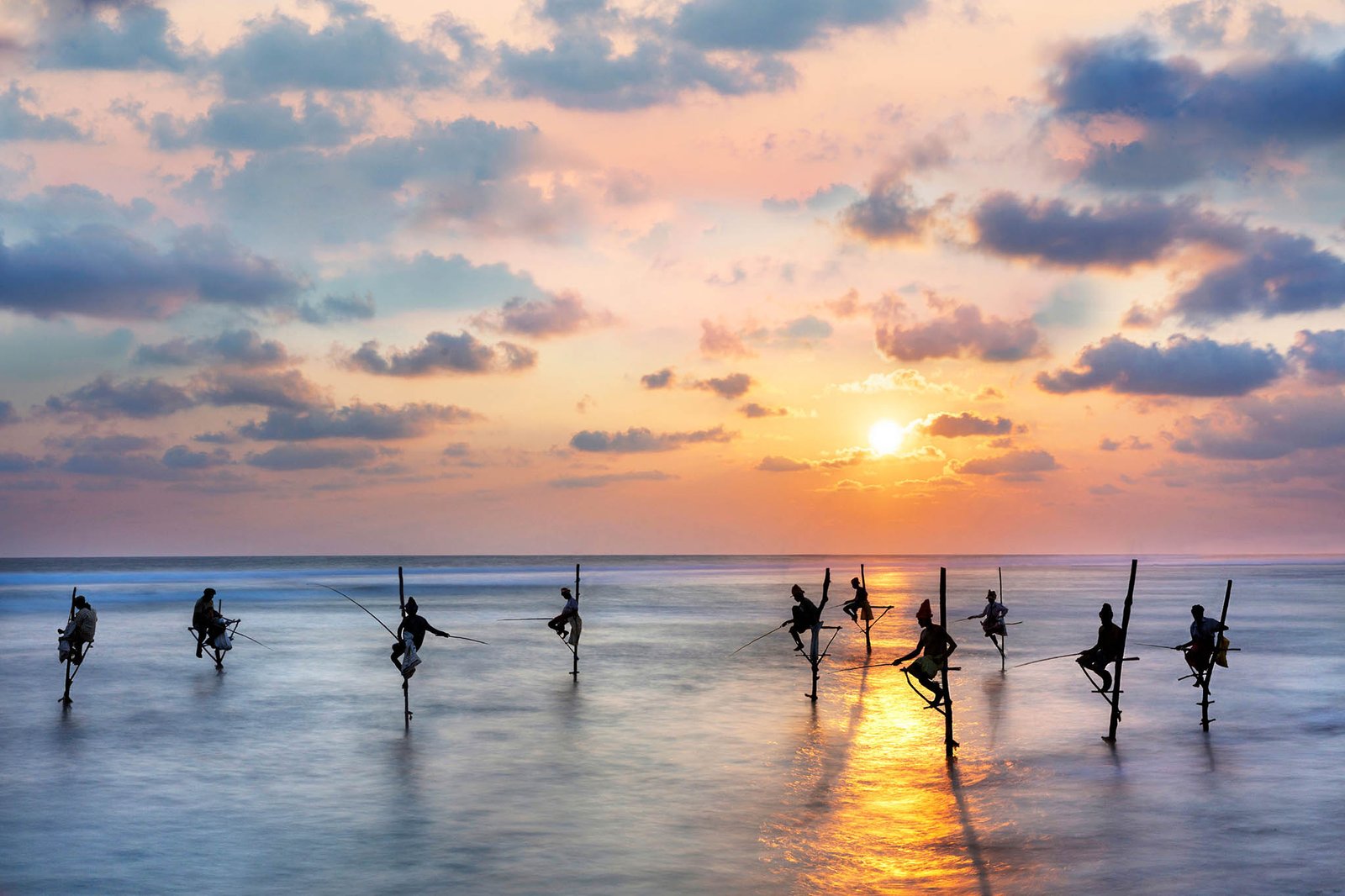Ol Pejeta Conservancy– Ol Pejeta is one of the best places in Kenya to see the critically endangered black rhino. It’s also home to a chimpanzee sanctuary and offers a more private, conservation-focused safari experience.
Samburu National Reserve – Located in the semi-arid region of northern Kenya, Samburu is known for its unique species that aren’t typically found in other parts of the country. The reserve is home to the “Samburu Five,” a collection of rare animals like the Grevy’s zebra, reticulated giraffe, and the Somali ostrich.
- August 5: Arrival in Nairobi, Pick up at Nairobi International Airport, Transport to the Hilton Garden Inn close to the airport, Meet & Greet
- August 6: Late breakfast at the hotel, visit the David Sheldrick Elephant Orphanage and get up close and personal to the world’s tallest species at the Giraffes center, dinner in town. Breakfast & dinner included. Overnight at the Hilton Garden Inn.
- August 7: Breakfast at the hotel, drive to Samburu National Park, lunch, afternoon game drive. Breakfast, lunch & dinner included. Overnight at Samburu National Park.
- August 8: Breakfast at the hotel, morning game drive, lunch, afternoon game drive. Breakfast, lunch & dinner included. Overnight at Samburu National Park.
- August 9: Breakfast at the hotel, drive to Ol Pejeta Conservancy, lunch, afternoon game drive and visit of the last two remaining northern white rhinos. Breakfast, lunch & dinner included. Overnight at Ol Pejeta.
- August 10: Breakfast at the hotel, drive to Lake Naivasha, lunch, afternoon boat ride. Breakfast, lunch & dinner included. Overnight at Lake Naivasha.
- August 11: Breakfast at the hotel, drive to Lake Nakuru , boxed picnic lunch, game drive. Breakfast, lunch & dinner included. Overnight at Lake Naivasha.
- August 12: Breakfast at the hotel, drive to Maasai Mara, lunch, afternoon game drive. Breakfast, lunch & dinner included. Overnight in Maasai Mara.
- August 13: Breakfast at the hotel, morning game drive, lunch, afternoon game drive. Breakfast, lunch & dinner included. Overnight in Maasai Mara.
- August 14: Breakfast at the hotel, morning game drive, lunch, afternoon game drive. Breakfast, lunch & dinner included. Overnight in Maasai Mara.
- August 15: Breakfast at the hotel, return to Nairobi, depending on flight time- day room use close to the airport to refresh.
Accommodations are included for all nights.
- Upscale accommodations
- Most meals at safari camps
- Breakfast at the hotel in Nairobi
- Transportation to and from Nairobi Airport and throughout the tour
- Park fees
- Boat ride at Lake Naivasha
- Visit of a Maasai Village
- Photography instruction
- Image review
- Flights
- Beverages
- Insurance
- Visa fees
- Tips for the driver
Claudia Daniels
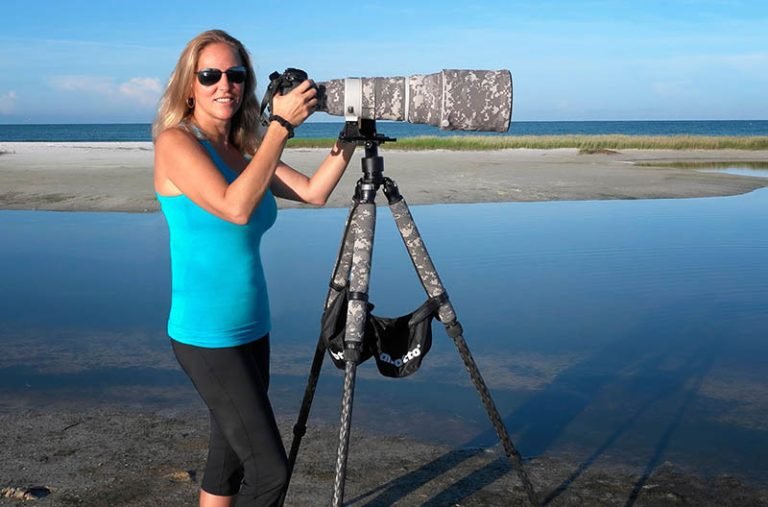
Claudia is originally from Mainz, Germany and for two decades has been enjoying life in Venice, Florida. Her artistic photographs are reflections of the natural world around her, especially landscapes and wildlife. She periodically employs diverse techniques to enhance and augment her photographs, such as artistic filters, high dynamic range imaging, and creative pre-and post processing effects.
Her images have been featured in various magazines, newspapers, and online publications. She is an experienced instructor and photography guide, and loves to share her enthusiasm for photography and travel. Her educational background encompasses an Associate of Science Degree in Graphic Design, a Bachelor of Business, and a Master of Liberal Arts with a concentration in English and Multimedia; Claudia taught Graphic Design Technology at the State College of Florida for a number of years.
Bring your smart phone for videos, landscape shots and snapshots.
Recommended Lenses: 70-200 or equivalent.
Larger zoom lenses such as 100-500, 200-600, 150-600, etc.
Or prime lenses such as 300, 400, 500, and 600 mm.
Bumpy, uneven roads in the safari vehicle. Some off road driving.
Best place to fly to is Nairobi Airport.
There is direct flight with Kenyan Airways from JFK to Nairobi: https://www.kenya-airways.com/en-us/
You will be picked up from Nairobi airport.
Clothing:
- Lightweight, breathable, and neutral-colored clothing for blending into the environment
- Hat with a brim for sun protection
- Comfortable, shoes
- Light rain jacket or poncho
- Scarf or bandana
- Fleece or sweater and a warm jacket for game drives
Protection from the Elements:
- Sunscreen with high SPF
- Insect repellent
- Sunglasses
- Binoculars for bird watching and wildlife observation
Group Bookings
Group bookings for all tours or bespoke tours are available upon request. Please use the form here or contact us by email or phone to let us know your requirements so we can put together a custom itinerary and price for you.
Group Bookings
Group bookings for all tours or bespoke tours are available upon request. Please use the form here or contact us by email or phone to let us know your requirements so we can put together a custom itinerary and price for you.
You can book and pay online securely via our booking service on We Travel. Please click the button above to be taken to the booking page directly.
